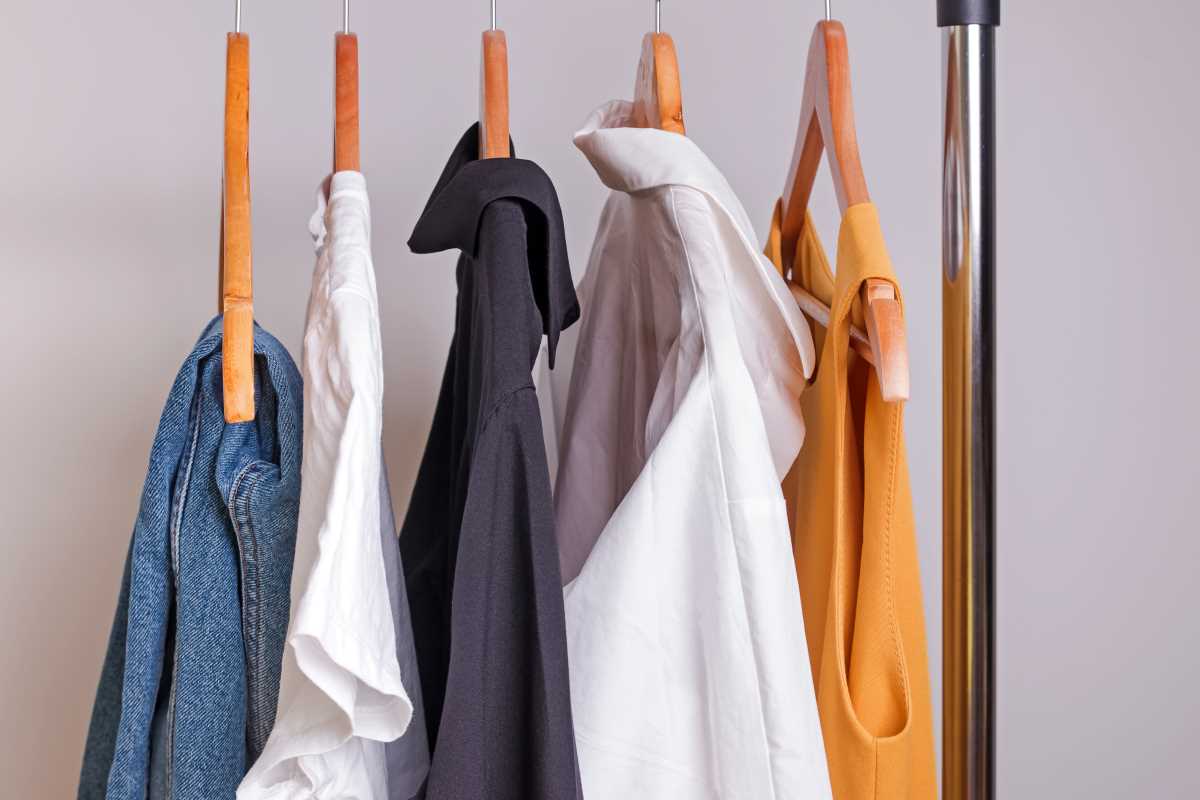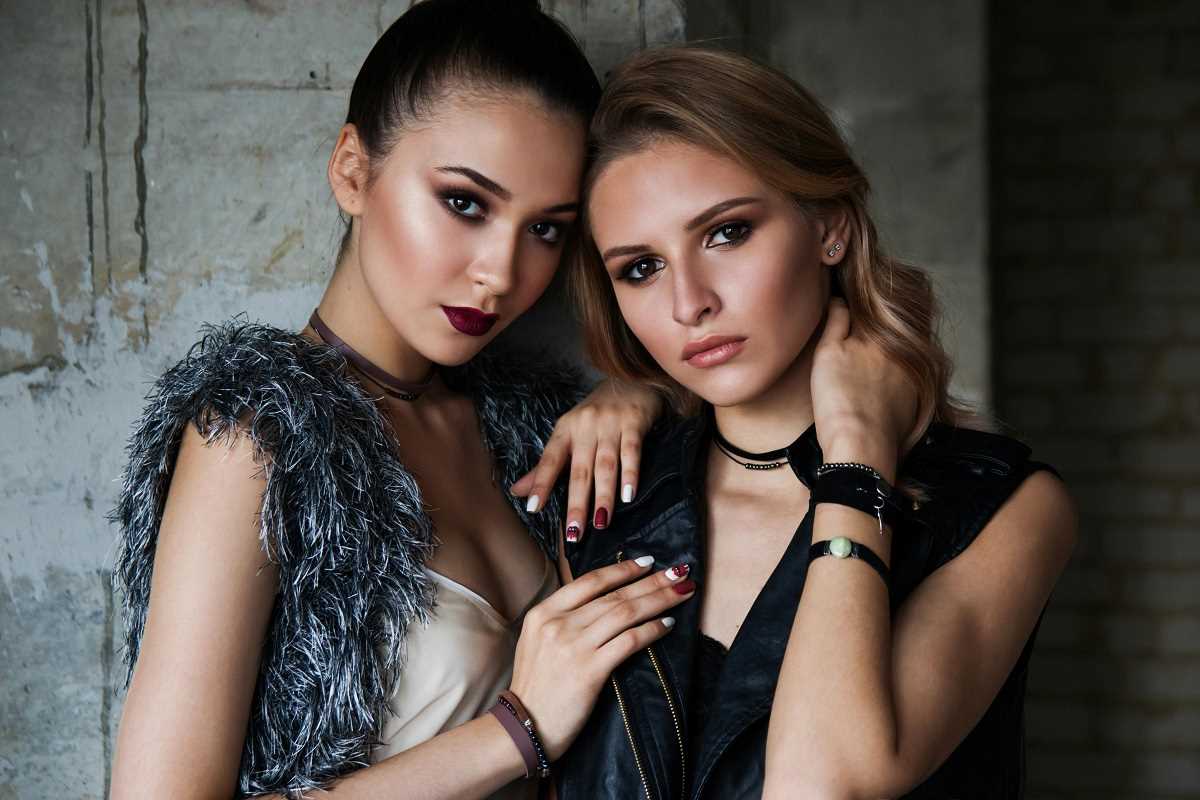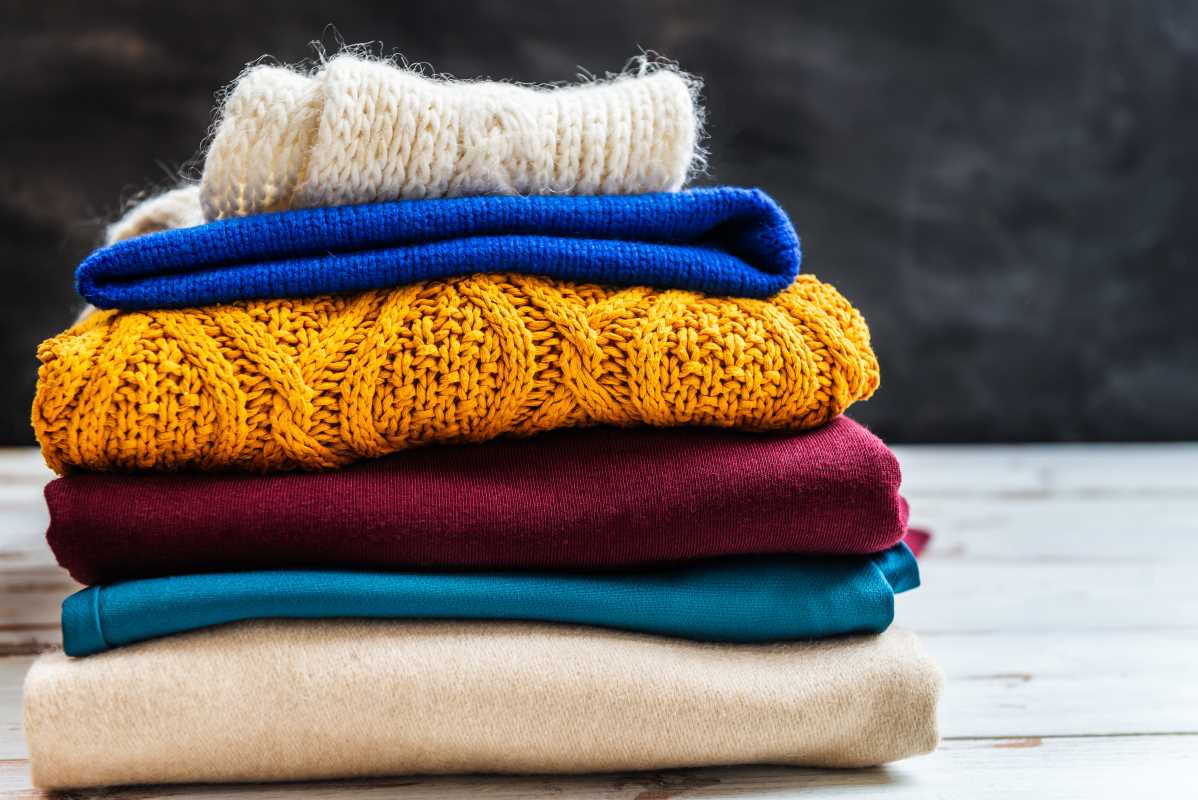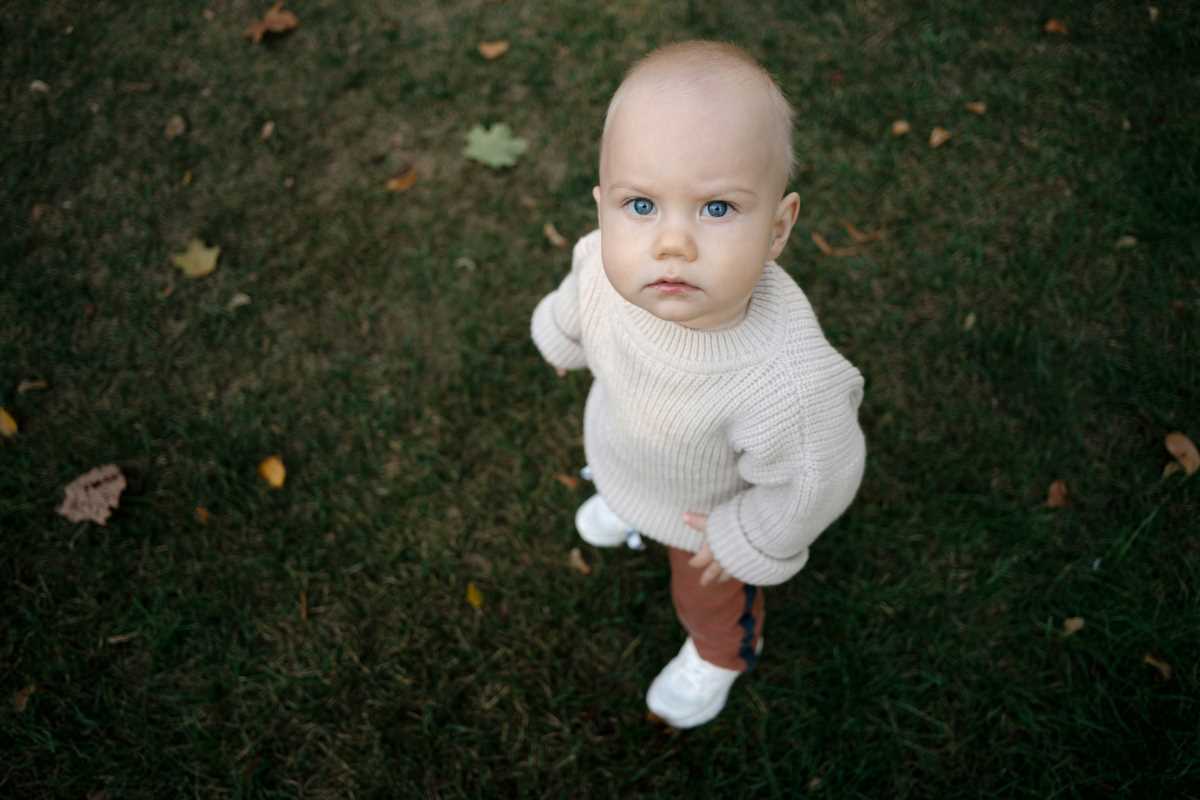Sustainable fashion is no longer just a buzzword; it’s a movement reshaping the global apparel industry. Over the past few years, eco-friendly fashion brands have emerged as game-changers, revolutionizing the way we design, produce, and consume clothing. Shoppers worldwide are waking up to the environmental and ethical impact of their wardrobes. Now, more than ever, they’re choosing to support businesses that align with their values.
But what’s driving this cultural and market shift? And which brands are leading the charge? Fortunately, the conversation is becoming broader and deeper, exploring not only who and why but how sustainable fashion practices can transform our future.
Why Eco-Friendly Fashion is Taking Off
1. The Environmental Wake-Up Call
The fashion industry is one of the most polluting sectors globally, responsible for a staggering 10% of annual carbon emissions and the consumption of roughly 79 trillion liters of water annually. From toxic chemical dyes to landfill overflow, the environmental toll of fast fashion has reached undeniable levels. Furthermore, the United Nations estimates that by 2030, global apparel consumption will increase by 63%, intensifying its already disastrous footprint.
Today, documentaries, news reports, and social media campaigns are shining a light on this issue, educating consumers about the hidden costs of their clothing. Take microplastics, for instance, which shed from synthetic garments like polyester and end up in oceans, harming marine ecosystems. Once invisible, these facts are now sparking global concern.
2. Ethical Consumerism is Trending
The demand for ethical sourcing and ethical labor is no longer niche. Gen Z, in particular, has become known for holding brands to higher standards of fairness and transparency. They want to know, Who made my clothes? Are workers paid a living wage? Are their working environments safe?
The 2013 Rana Plaza disaster in Bangladesh, where a garment factory collapse killed over 1,100 workers, served as a grim illustration of fast fashion’s human cost. Since then, awareness has only grown. Platforms like Fashion Revolution’s #WhoMadeMyClothes campaign have amplified calls for accountability, pressuring brands to disclose their supply-chain practices.
3. Government and Industry Pressures
Governments and international organizations have started laying down policies aimed at greening the fashion industry. For instance, the European Union’s Green Deal has proposed measures forcing companies to adhere to stricter environmental standards and implement circular economy practices. Meanwhile, countries like France are leading with anti-waste legislation requiring brands to recycle unsold apparel instead of destroying it.
On the industry side, groups like the Sustainable Apparel Coalition are developing tools such as the Higg Index, which measures the sustainability of products and facilities, helping both companies and consumers make more informed choices. Slowly but surely, accountability is being woven into the fabric of fashion.
What Makes a Brand Eco-Friendly?
To genuinely label a brand “eco-friendly,” it must go beyond surface-level marketing and meet several key criteria. Here are the most crucial components of sustainable fashion practices:
1. Sustainable Materials
The use of eco-friendly fabrics like organic cotton, hemp, bamboo, Tencel, and recycled polyester is a hallmark of sustainable fashion. For example, organic cotton is grown without harmful pesticides and significantly reduces water consumption. Tencel, a fabric derived from sustainably harvested wood pulp, is biodegradable and requires far less energy during production compared to conventional textiles. New innovations like lab-grown leather (made from mushroom mycelium) and bio-fabricated silk are also paving the way for a materials revolution.
2. Ethical Production
Sustainability also means protecting the hands that craft your garments. Ethical production involves ensuring that garment workers receive fair wages, job security, and safe environments. Brands like People Tree have been pioneers in partnering with Fair Trade artisans while adopting rigorous labor standards.
3. Circular Fashion
An emphasis on circular fashion means designing clothing that can be reused, repaired, or recycled. Initiatives like Patagonia’s Worn Wear program encourage customers to repair their clothes rather than discard them, extending product lifespans and reducing waste.
4. Waste Reduction
Eco-friendly brands also focus on lowering waste through innovations such as made-to-order models, which eliminate overproduction, and the use of deadstock fabrics repurposed from manufacturing leftovers. For instance, Tonlé, a Cambodian brand, creates garments exclusively crafted from reclaimed materials.
Game-Changing Eco-Friendly Brands You Need to Know
Many brands are stepping up their game, but here are five standout pioneers in sustainable fashion, each offering unique contributions:
- Pangaia
- With a name that translates to “All Earth,” Pangaia combines cutting-edge tech with a commitment to sustainability. Their clothing, such as biodegradable hoodies and T-shirts dyed with food waste, serves as a blueprint for the future of fashion. They even incorporate materials like C-Fiber (made from eucalyptus pulp) to lessen environmental harm.
- Reformation
- This Los Angeles-based label stands out for its transparency and activism. Reformation makes eco-conscious choices throughout its supply chain, measuring each garment’s carbon and water impact and sharing results directly with customers. Their body-positive, feminine designs prove that sustainability and style can coexist seamlessly.
- Patagonia
- The ultimate trailblazer, Patagonia has been driving awareness for decades. Their legendary leadership in recycled fabrics, Fair Trade-certified products, and second-hand resale demonstrates how brands can balance profit and planetary health. The company donates at least 1% of annual sales through its partnership with environmental causes, setting a high bar for activism.
- Everlane
- Transparency is Everlane’s core ethos. From showcasing pricing breakdowns to revealing factory working conditions, the company ensures that customers are fully informed. Their emphasis on longevity, with timeless wardrobe staples like durable denim and leather-free shoes, redefines fashion essentials.
- Stella McCartney
- Luxury often overlooks sustainability, but not Stella McCartney. Her brand continuously innovates using vegan leather, recycled cashmere, and biodegradable materials. She’s also been a fierce advocate for animal rights and reducing waste in high fashion.
These brands only scratch the surface; there’s a wealth of smaller and local labels making just as meaningful an impact, proving that eco-fashion isn’t just for the big names.
Tips for Shopping Sustainably
Switching to a sustainable wardrobe doesn’t have to be daunting. Small, strategic steps can lead to significant change. Here are some tips to help you shop more responsibly:
1. Look for Key Certifications
When in doubt, consult labels. Certifications like Fair Trade Certified™, OEKO-TEX, and GOTS are reputable markers promising ethical and eco-conscious practices. For vegan shoppers, look out for certifications proving garments are free from animal-based materials.
2. Reduce Impulse Buys
Before purchasing, ask yourself, Do I truly need this? Will I wear it at least 30 times? Investing in fewer, higher-quality items reduces clutter and waste, fostering a more practical, minimalist wardrobe.
3. Buy Secondhand and Vintage
The resale market is booming, thanks to platforms like ThredUp, Poshmark, and Depop. Shopping secondhand extends a garment’s lifecycle, supports reuse, and saves money. Plus, vintage pieces often boast unbeatable charm and character.
4. Repair Rather Than Replace
Instead of discarding damaged clothes, try repairing them. Brands like Nudie Jeans even offer free lifelong repairs for their denim, encouraging a culture of care over consumption.
5. Rent for Special Occasions
For events requiring formal attire, consider renting instead of buying. Services like Rent the Runway or Hurr (UK) offer designer options without the long-term environmental cost.
The Future of Fashion is Green
The rise of eco-friendly fashion brands reveals an undeniable shift in both consumer values and industry priorities. Sustainability and ethics are no longer optional add-ons; they’re integral to the future of fashion. From groundbreaking innovations in materials to community-driven movements for circular consumption, the industry is brimming with opportunity for positive change.
You, too, have the power to make a difference. Every time you buy sustainably, repair a beloved item, or advocate for ethical practices, you contribute to a greener, fairer world. Sustainable fashion isn’t just a passing trend. It’s a necessary evolution that ensures future generations inherit a planet that’s as stylish as it is thriving.






